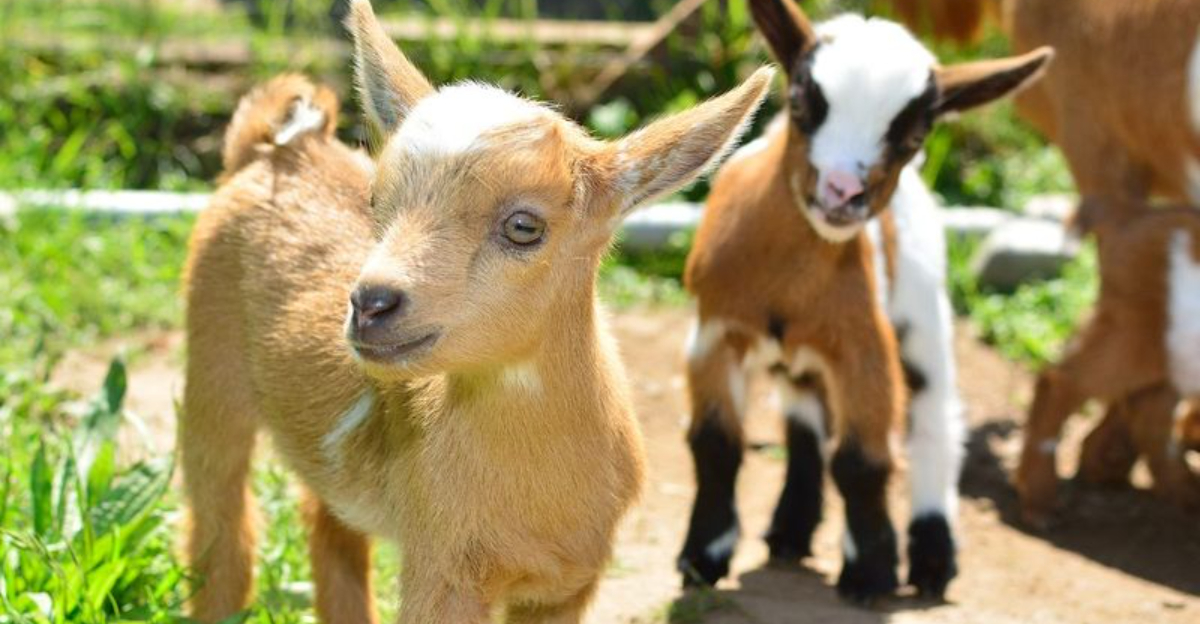Backyard farming in Oregon is a hidden gem, thanks to its mild climate, plentiful rainfall, and varied landscape.
Whether you’re on a quarter-acre in Portland or have a few acres in the Willamette Valley, raising the right animals can turn your property into a thriving mini-farm.
It’s a perfect way to embrace Oregon’s agricultural roots while enjoying a sustainable, hands-on lifestyle.
1. Chickens: The Gateway Farm Animal
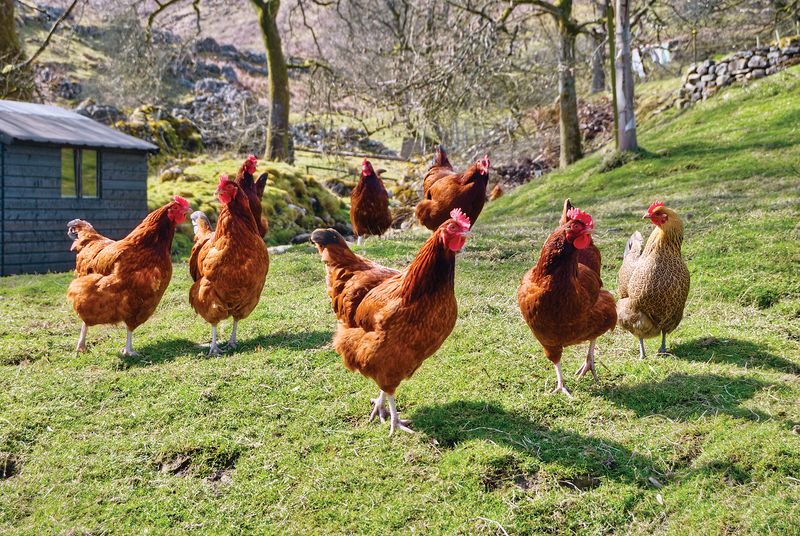
Nothing beats collecting still-warm eggs from your backyard coop on a misty Oregon morning!
Chickens thrive here due to the moderate climate, which places less stress on their systems compared to regions with extreme temperatures.
Hardy breeds like Australorps and Orpingtons handle damp winters beautifully, while providing eggs nearly year-round. Local predator pressures from raccoons and coyotes make secure housing essential, but chickens require minimal space—just 4 square feet per bird in the coop and 10 square feet in an outdoor run. Their manure turns into garden gold after composting, completing a perfect small-farm cycle.
2. Miniature Cattle: Big Farm Vibes on Small Acreage
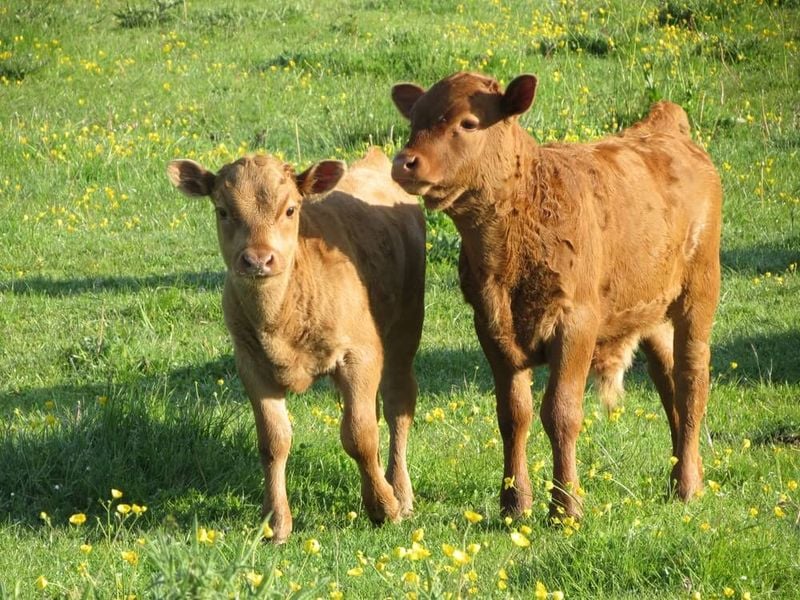
You don’t need a sprawling ranch to raise cattle in Oregon! Miniature breeds like Dexters and Lowlines stand just 36–44 inches tall—about half the size of conventional cattle—while offering impressive milk production of up to 1.5 gallons daily.
These pint-sized bovines thrive on Oregon’s abundant grass during our long growing season. They’re particularly well-suited to our western valleys where rainfall creates lush pastures from October through June.
Each mini requires only about one-quarter acre of good pasture, making them feasible even on two-acre properties. Their smaller frames mean less environmental impact, reduced feed costs, and manageable manure volume—great for the conscientious Oregon small-holder.
3. Goats: The Brush-Clearing Comedians
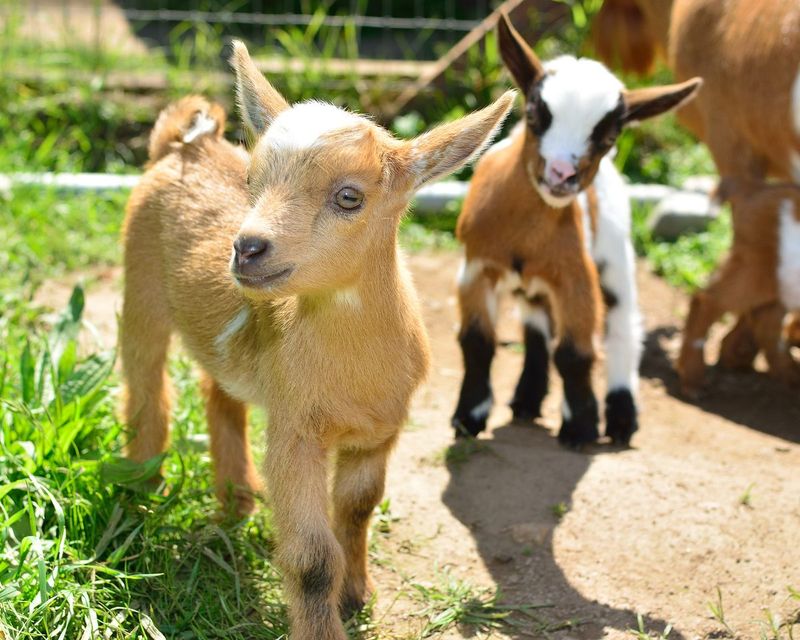
Nigerian Dwarf goats can turn an overgrown blackberry thicket into usable land in just a few months, making them excellent natural landscapers. These pint-sized performers (topping out at 75 pounds) possess personalities bigger than Mount Hood and appetites for invasive species that border on miraculous.
Oregon’s varied vegetation provides perfect browsing for these natural landscapers. Unlike sheep that primarily graze grass, goats prefer woody plants and weeds—exactly what overruns many Oregon properties.
Their compact size makes them manageable for beginners, while their milk production (up to a quart daily per doe) allows small-scale cheese and soap making. Just remember: your fencing needs to be escape-proof! Goats view barriers as intellectual challenges rather than actual boundaries.
4. Ducks: The Rain-Loving Egg Machines
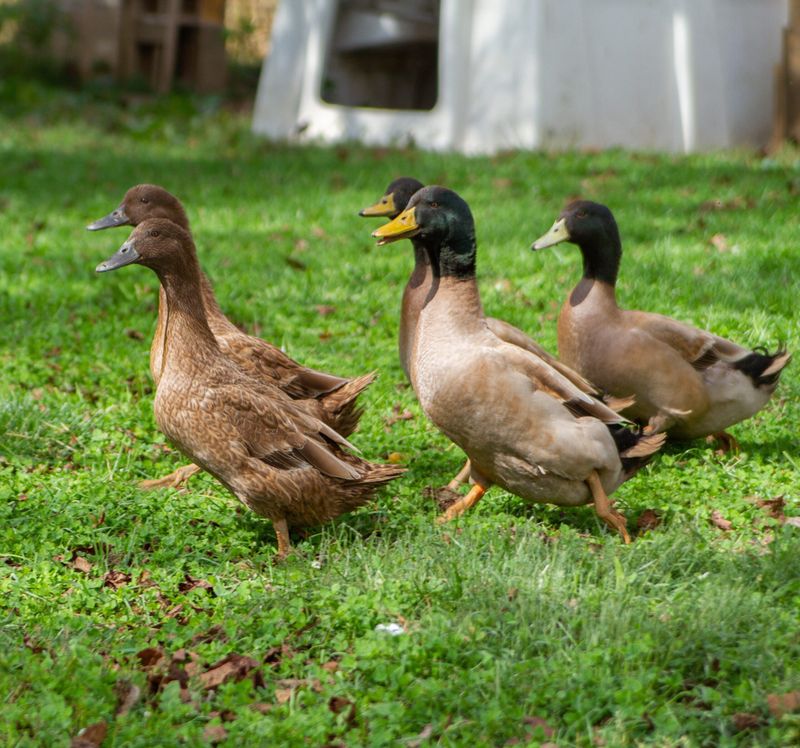
Forget what you’ve heard about chickens—ducks are the true MVPs of Oregon backyard farming! These web-footed wonders actually celebrate our famous rainfall instead of hiding from it.
Khaki Campbells and Welsh Harlequins consistently outlay chickens in our damp climate, producing up to 300 eggs annually per duck. Their larger, creamier eggs make spectacular baked goods. Plus, they forage enthusiastically for slugs and snails—Oregon gardeners’ persistent nemeses.
Ducks require less complicated housing than chickens and resist common poultry ailments. They do create spectacular mud puddles if confined to small areas, so proper drainage or rotational paddocks help manage their enthusiastic water play. Their quiet quacking (males are nearly silent) keeps neighbors happy too.
5. Rabbits: The Silent Protein Producers

Rabbits transformed an urban backyard into a model of efficient sustainability! These unassuming herbivores convert garden scraps and forage into valuable resources more efficiently than many other livestock.
New Zealand Whites and California Whites thrive in varied climates, handling both summer heat and winter dampness with minimal special care. A single breeding trio can produce impressive results in a setup smaller than a garden shed.
Rabbit manure is garden magic—the only fresh manure that won’t burn plants. This “cold gold” can be applied directly onto vegetable beds without composting. For those with limited space but big dreams of self-sufficiency, rabbits offer an incredible return on a small footprint.
6. Sheep: The Perfect Grass Managers
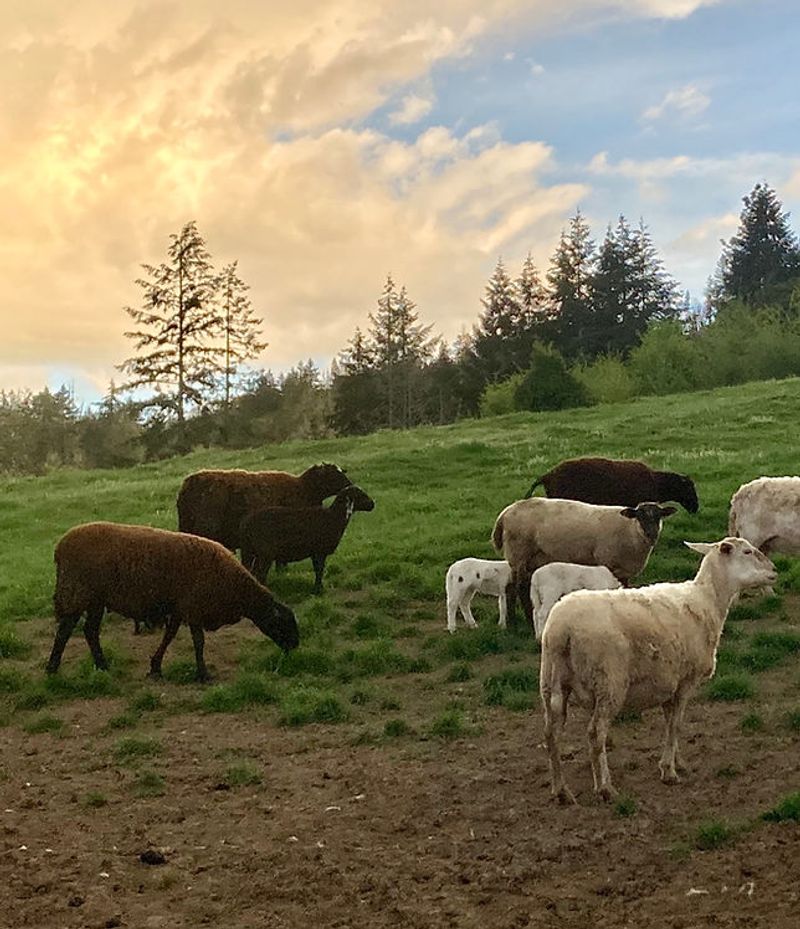
Sheep maintain pastures beautifully, turning grass into fiber and milk—sometimes both. Hair sheep breeds like Katahdin and Dorper eliminate shearing needs and thrive in maritime climates. They’re naturally resistant to foot rot, a common issue in damp Oregon conditions, and their smaller size makes handling manageable for beginners.
Each sheep needs roughly half an acre of good pasture, making a small flock feasible on just two acres. They’re quieter than goats, less prone to escape, and gentler on the land, making them a great choice for sustainable small-scale farming.
7. Bees: The Flying Farmhands
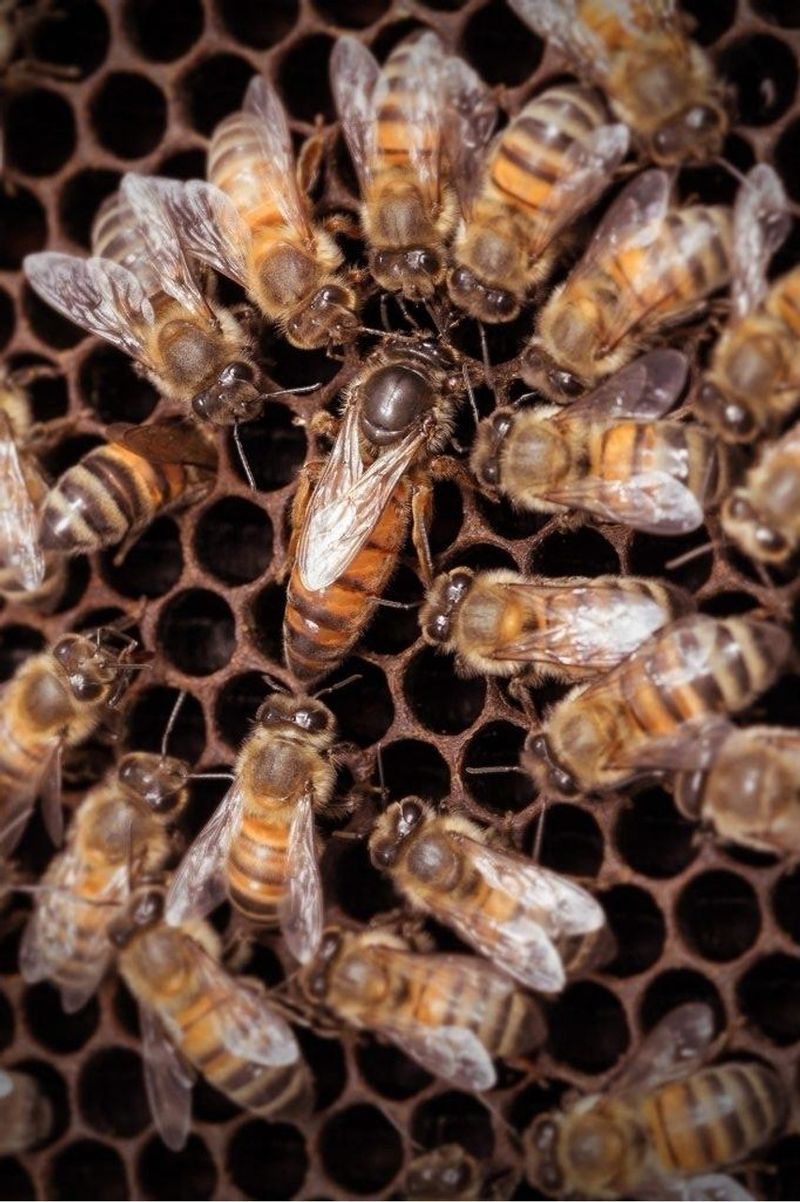
Honeybees turned my modest garden into a botanical wonderland! Since installing two hives three years ago, my vegetable yields have doubled, my fruit trees produce bumper crops, and I harvest around 120 pounds of honey annually—from a space smaller than a dining table.
Oregon’s diverse native plants and extended flowering season create perfect bee habitat. Our mild winters mean colonies often survive with minimal intervention, especially with hardy varieties like Carniolans that cluster efficiently during cool periods.
Urban and suburban beekeeping thrives here because Portland, Eugene, and most Oregon cities have bee-friendly ordinances. The initial investment runs about $500 per hive, but equipment lasts decades. For beginning Oregon homesteaders, no other livestock offers such significant returns from such minimal space.
